Sunil K Narang
MUGC: Machine Generated versus User Generated Content Detection
Mar 28, 2024
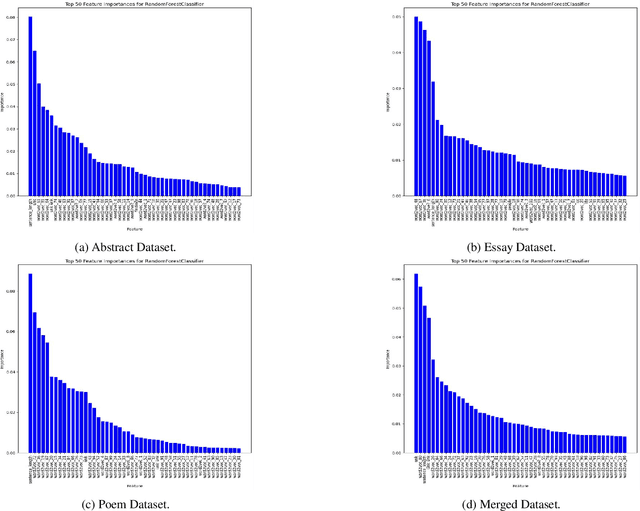

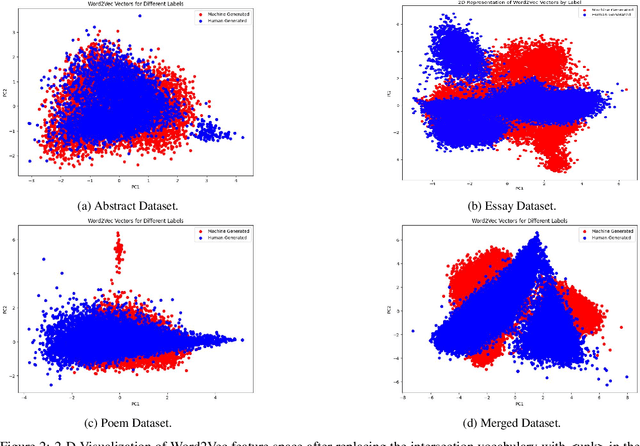
Abstract:As advanced modern systems like deep neural networks (DNNs) and generative AI continue to enhance their capabilities in producing convincing and realistic content, the need to distinguish between user-generated and machine generated content is becoming increasingly evident. In this research, we undertake a comparative evaluation of eight traditional machine-learning algorithms to distinguish between machine-generated and human-generated data across three diverse datasets: Poems, Abstracts, and Essays. Our results indicate that traditional methods demonstrate a high level of accuracy in identifying machine-generated data, reflecting the documented effectiveness of popular pre-trained models like RoBERT. We note that machine-generated texts tend to be shorter and exhibit less word variety compared to human-generated content. While specific domain-related keywords commonly utilized by humans, albeit disregarded by current LLMs (Large Language Models), may contribute to this high detection accuracy, we show that deeper word representations like word2vec can capture subtle semantic variances. Furthermore, readability, bias, moral, and affect comparisons reveal a discernible contrast between machine-generated and human generated content. There are variations in expression styles and potentially underlying biases in the data sources (human and machine-generated). This study provides valuable insights into the advancing capacities and challenges associated with machine-generated content across various domains.
Bilateral Filter: Graph Spectral Interpretation and Extensions
Mar 11, 2013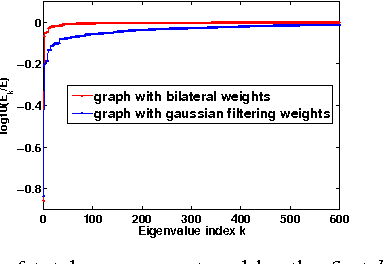
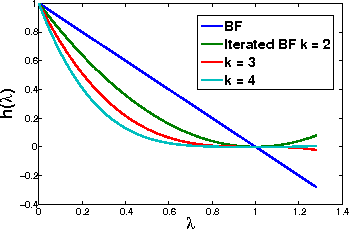

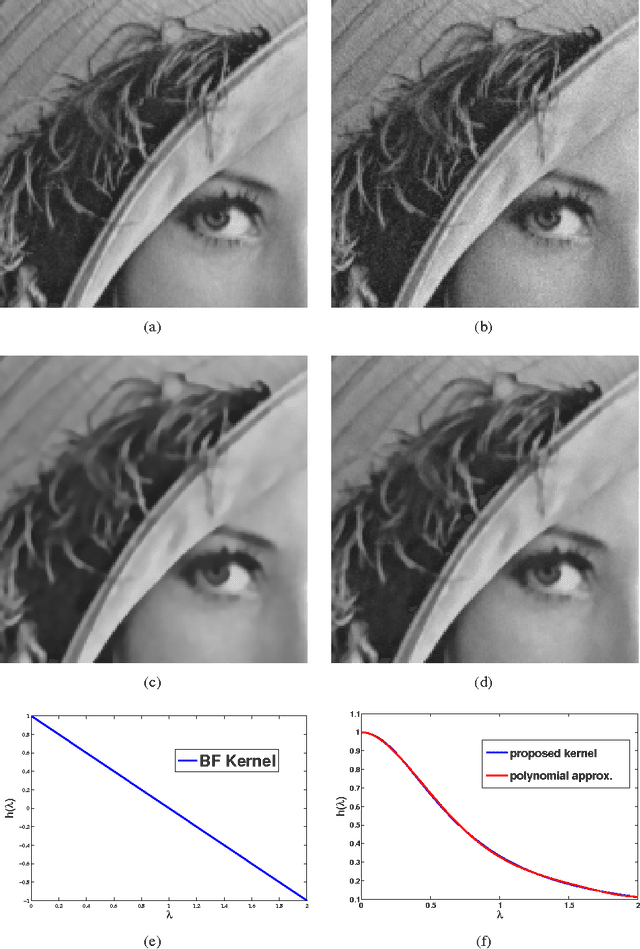
Abstract:In this paper we study the bilateral filter proposed by Tomasi and Manduchi, as a spectral domain transform defined on a weighted graph. The nodes of this graph represent the pixels in the image and a graph signal defined on the nodes represents the intensity values. Edge weights in the graph correspond to the bilateral filter coefficients and hence are data adaptive. Spectrum of a graph is defined in terms of the eigenvalues and eigenvectors of the graph Laplacian matrix. We use this spectral interpretation to generalize the bilateral filter and propose more flexible and application specific spectral designs of bilateral-like filters. We show that these spectral filters can be implemented with k-iterative bilateral filtering operations and do not require expensive diagonalization of the Laplacian matrix.
 Add to Chrome
Add to Chrome Add to Firefox
Add to Firefox Add to Edge
Add to Edge